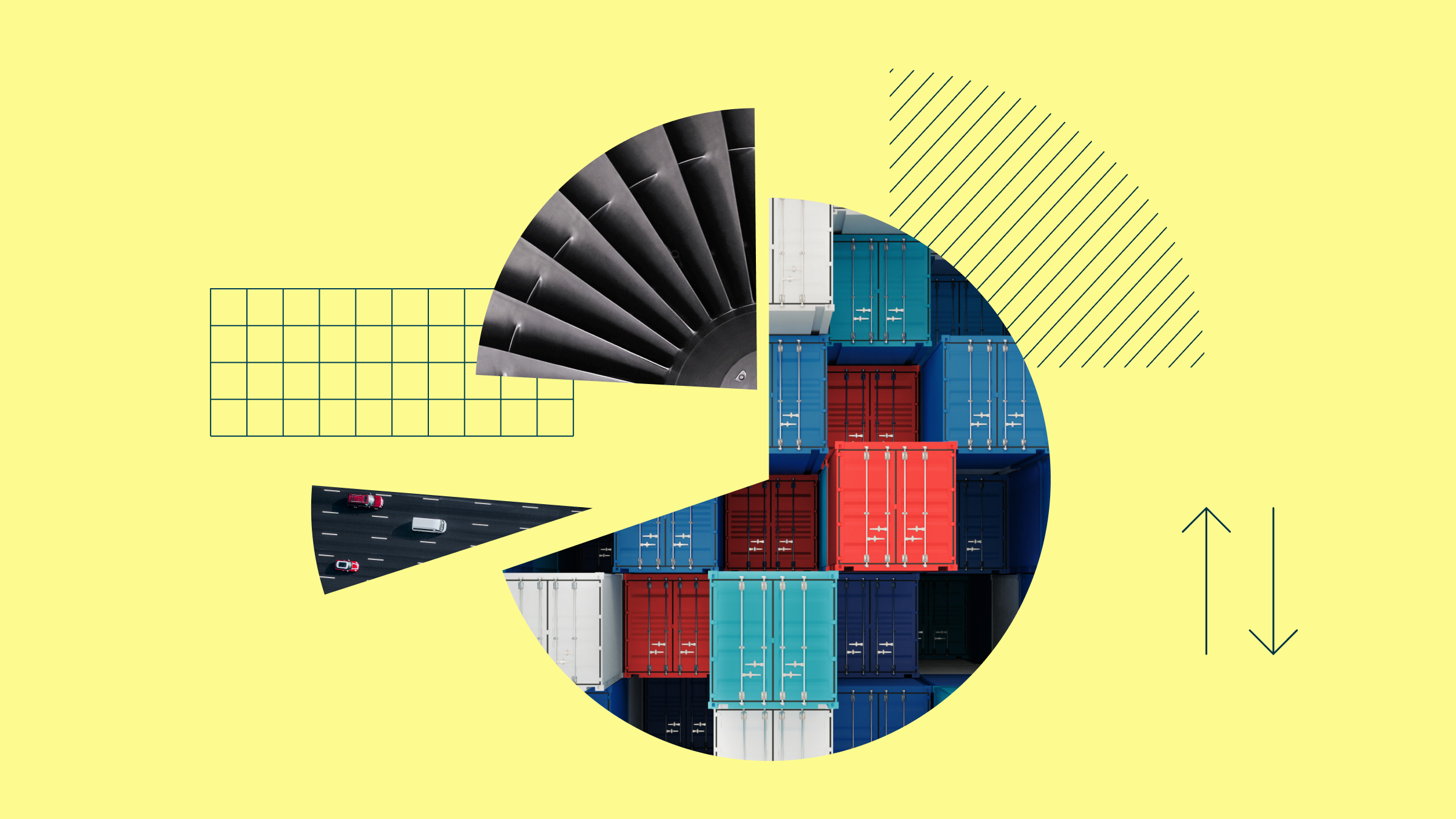Rolle im Portfolio
The Lyxor MSCI Europe ETF is suitable for use as either a core portfolio building block or a tactical tool. It can be used as a core portfolio building block for investors seeking exposure to equity markets across developed Europe. As for its potential uses as a tactical tool, more aggressive investors could use this ETF to overweight European equities, or it can be shorted to bet against the performance of the underlying equities to hedge an existing position.The inclusion of Switzerland and the UK within the MSCI Europe index makes this ETF a somewhat more diversified option than a strict Eurozone equity benchmark. Still, at 0.95, the 3-year correlation between the MSCI Europe index and the MSCI EMU index has been very high. As such, there is little diversification benefit to using this fund in tandem with other vehicles tracking broad developed Europe benchmarks. Investors in the UK or Switzerland who already have exposure to their domestic equity market, perhaps through a FTSE 100- or SMI-following ETF, should take care not to unintentionally overweight their domestic exposure in their portfolio by adding this ETF.
Fundamentale Analyse
The economic outlook for Europe has improved somewhat recently. Rising manufacturing activity, solid signs of recovery in southern parts of the Eurozone and a rebound of the Chinese economy are all encouraging signs for the rest of the year.
Economic data have been on the upside lately. Eurozone industrial output rose by 0.7% in June and by 2.5% in Germany alone. Although unemployment in the Eurozone came down a notch in July, at 12.1% the jobless rate remained at its highest level since the euro’s creation. Key survey data indicate that the Eurozone recovery is extending from the core to the weaker periphery, mainly benefiting export growth. The PMI for the Eurozone hit a 26-month high in August at 51.4, with Germany’s, Spain’s and Italy’s PMI reaching 25-27-month highs above the 50-expansion line. Greece’s PMI data was also encouraging, hitting a 44-month high at 48.7. Corporations are increasingly optimistic on the near future, as some southern Eurozone countries begin to recover and China regains some of the momentum it lost in the first half of the year.
In fact, Germany’s GDP rebounded strongly in Q2, posting a 0.7% q/q increase. France also surprised to the upside with a 0.5% q/q rise, while the Eurozone as a whole recorded its first ever GDP expansion (0.3% q/q) after six consecutive quarters of recession. Some economists have raised concerns that this momentum may be difficult to maintain. In particular, they highlight that the upsurge in construction activities in Q2 was the result of works due in Q1 and postponed by severe weather conditions. For example, the OECD expects GDP growth in Germany, France and Italy to slow down somewhat in Q3. And yet, overall, the consensus view is for the Eurozone to continue building positive momentum into 2014.
Outside the Eurozone, the UK also reported encouraging data. GDP grew by 0.7% q/q in Q2, building on the 0.3% q/q expansion in the previous quarter. Besides, PMIs for the services, manufacturing and construction sectors are all expanding at their fastest rates for years, to signal another positive GDP performance in Q3. In particular, the services PMI went up to 60.5 in August from 60.2, beating expectations for a drop to 59.5. As a result, the OECD has raised its full year UK GDP growth forecast from 0.8% to 1.5%. Furthermore, the OECD now expects the UK to expand faster than other big nations like the US, Germany, France and Japan in the second half of the year.
Although the recovery seems to be gaining momentum, the Bank of England kept interest rates (0.5%) and its bond-buying program (£375bn) unchanged during its latest meeting in September. While welcoming the improved data, Governor Mark Carney stresses that the recovery is still at its early stages. More so, not all UK data are positive. The Office of National Statistics reported a trade deficit on goods of £9.9bn in July, the largest in nine months as exports to countries outside the EU dropped 18.8% m/m; the largest fall since January 2009.
Indexkonstruktion
The MSCI Europe Index includes approximately 85% of the equity market capitalisation of 16 countries across developed Europe. Components must meet minimum criteria for liquidity, as well as foreign ownership restrictions. The securities are weighed by free-float adjusted market capitalisation. Because closely held firms will have a smaller piece of their aggregate market capitalisation floated on public exchanges, the free float adjustment serves to ensure the underlying liquidity of the holdings is superior relative to a pure market capitalisation weighting. The index is reviewed four times a year. As of this writing, there are 436 stocks in the index. The index is not top-heavy, with about 20% of its total value comprised by the top ten constituents. The index has fairly limited sector concentration. The financial sector, the most represented sector in the index, represents 21% of the index’s value. With a 32% weighting, the UK is the most represented nation in the index and the only one to exceed a 15% weighting.
Fondskonstruktion
This ETF uses swap-based replication to track the performance of the MSCI NR Europe index. To achieve this performance, the fund holds a basket of blue chip shares and enters an un-funded swap agreement with parent bank Societe Generale. The bank then gives away the performance of the MSCI Europe Index (net of fees) in exchange for the performance of the fund’s holdings. According to UCITS III regulations, individual counterparty risk exposure is limited to 10% of the fund’s NAV at any point in time. However, Lyxor has a daily target of zero swap exposure. Swaps are reset whenever their value becomes positive. They may sometimes have a negative value (between -2% and 0%), which would mean in this case that the fund owes the counterparty money. The fund’s holdings consist of highly liquid equities from OECD countries, the large majority of which are European. Lyxor does not engage in securities lending within the fund, which helps to minimise overall counterparty risk.
Gebühren
The Lyxor MSCI Europe ETF charges a total expense ratio (TER) of 0.35%. This lies in upper of the range of ETFs tracking pan-European indices. Other potential costs associated with holding this fund which are not included in the TER include swap costs, bid-ask spreads and brokerage fees.
Alternativen
There are several ETFs offering European equity exposure, tracking different indices. The largest alternative in terms of total asset under management is the iShares MSCI Europe ETF, which uses physical replication and levies a TER of 0.35%. The underlying index is very similar to the MSCI Europe Index in terms of sector and country exposure. However, the MSCI Europe Index has slightly fewer constituents. Investors looking for a pure eurozone exposure can make use of the Lyxor ETF EURO STOXX 50. This ETF uses synthetic replication and levies a TER of 0.25%.
Die in diesem Artikel enthaltenen Informationen dienen ausschließlich zu Bildungs- und Informationszwecken. Sie sind weder als Aufforderung noch als Anreiz zum Kauf oder Verkauf eines Wertpapiers oder Finanzinstruments zu verstehen. Die in diesem Artikel enthaltenen Informationen sollten nicht als alleinige Quelle für Anlageentscheidungen verwendet werden.

















